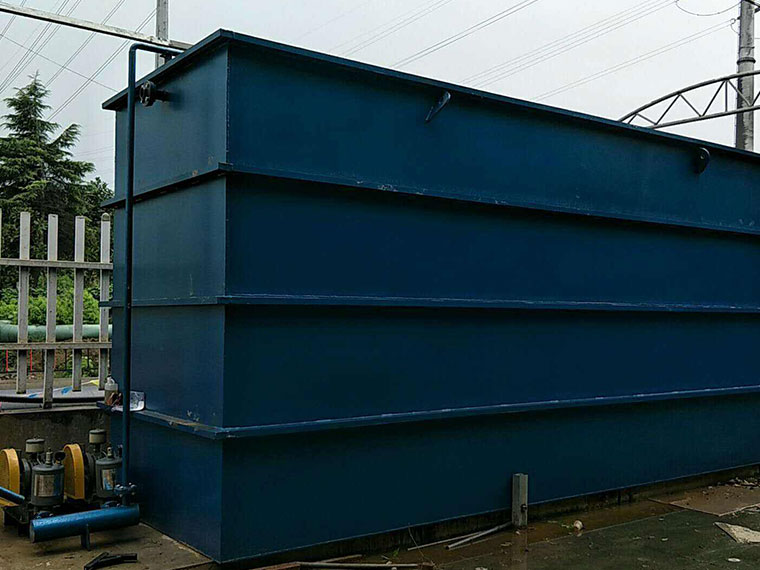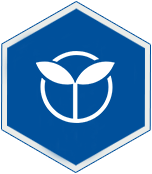Product Details
The physical indicators of waste water mainly include temperature, color, odor, and solid content. The two indicators of color and solid content are often detected.
1. Chromaticity Food industry wastewater often contains organic or inorganic dyes, biological pigments, inorganic salts, organic additives, etc. but the wastewater is colored, and the color is very dark. In water quality analysis, the indicator to measure the degree of water color is chroma. Generally, the true color after removing suspended solids is used as the standard, and the colorimetric analysis method is used to compare the color of a standard colored solution with a known concentration and a water sample of unknown chromaticity.
2. Solid content Most of the magazines contained in the wastewater are solid substances. These solid substances exist in dissolved and suspended form in water. The two are collectively referred to as total solids, including organic compounds, inorganic compounds and various organisms. In the analysis of water quality, in addition to the determination of total solids content, several indicators such as suspended solids, volatile suspended solids and dissolved solids content should also be determined.
(1) Total solids (TS) refers to the residue after a certain amount of water sample is dried at 105~110℃ in water quality analysis, expressed by weighing.
(2) Suspended solids (SS) or suspended solids are the parts of total solids in suspension, which contain organic and inorganic components.
(3) Volatile suspended solids (VSS) is the weight loss of suspended solids when heated and burned at 600 ℃, and represents the organic part of suspended solids, part of which is biodegradable suspended solids (BVSS), and the other part is not Biodegradable (NBVSS).
(4) Non-volatile suspended solids (NVSS) is the residual part of suspended solids after burning, also known as ash, which represents the inorganic part of suspended solids.
(5) Dissolved solids (DS) or dissolved matter refers to the part of the total solids that exists in a dissolved state. It is obtained by drying and weighing a certain amount of water sample filtrate.
Selection of food wastewater treatment process and application of treatment chemicals
The food industry has a wide range of raw materials and a wide variety of products, and the amount and quality of discharged wastewater vary greatly. But in general, the main pollutants in food wastewater are
(1) Solid substances floating in wastewater, such as vegetable leaves, peels, minced meat, poultry feathers, etc.
(2) The substances suspended in the waste water include oil, protein, starch, colloidal substances, etc.
(3) Acids, alkalis, salts, sugars, etc. dissolved in wastewater
(4) Mud, sand and other organic matter entrained by raw materials
(5) Deadly germs, etc.
The general characteristics of food industry wastewater are high content of organic substances and suspended solids, easy to spoil, and generally no great toxicity. The harm is mainly caused by eutrophication of water bodies, which causes the death of aquatic animals and fish, and promotes the odor of organic matter deposited on the bottom of the water, which deteriorates the water quality and pollutes the environment.
In addition to proper treatment according to the characteristics of water quality, wastewater treatment in the food industry should generally adopt biological treatment. If the quality of the effluent is very high or the organic content of the wastewater is very high, a two-stage aeration tank or two-stage biological filter, or a multi-stage biological turntable, or a combination of two biological treatment devices, or anaerobic can also be used An aerobic tandem biological treatment system.
Judging from the selection of food wastewater sludge dehydrating agent polyacrylamide, the sludge dehydrating agent generally chooses cationic polyacrylamide, which is similar to the treatment of biochemical sludge in domestic sewage treatment plants. We know that sewage from domestic sewage treatment plants It is also relatively high in organic matter content, and most of the sewage is from our daily catering wastewater, fecal wastewater, and bath wastewater. From the analysis of the complexity of the source structure of wastewater, it is very similar to food wastewater.
We insist on being customer-centric, quickly respond to customer needs, and continue to create long-term value for customers to achieve customer success. To provide effective services to customers is the yardstick of our work direction and value evaluation. To achieve customers is to achieve ourselves.




